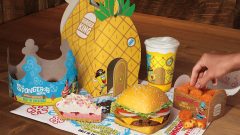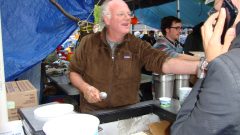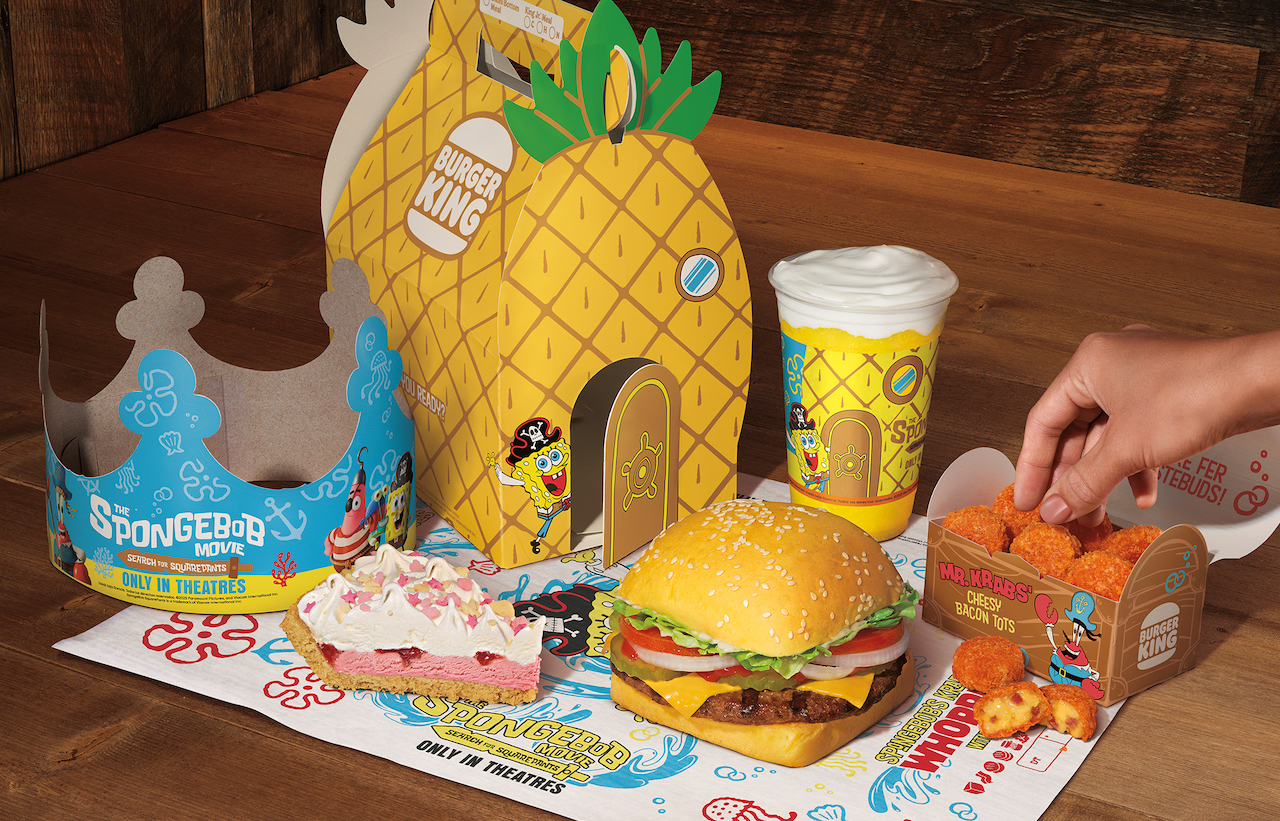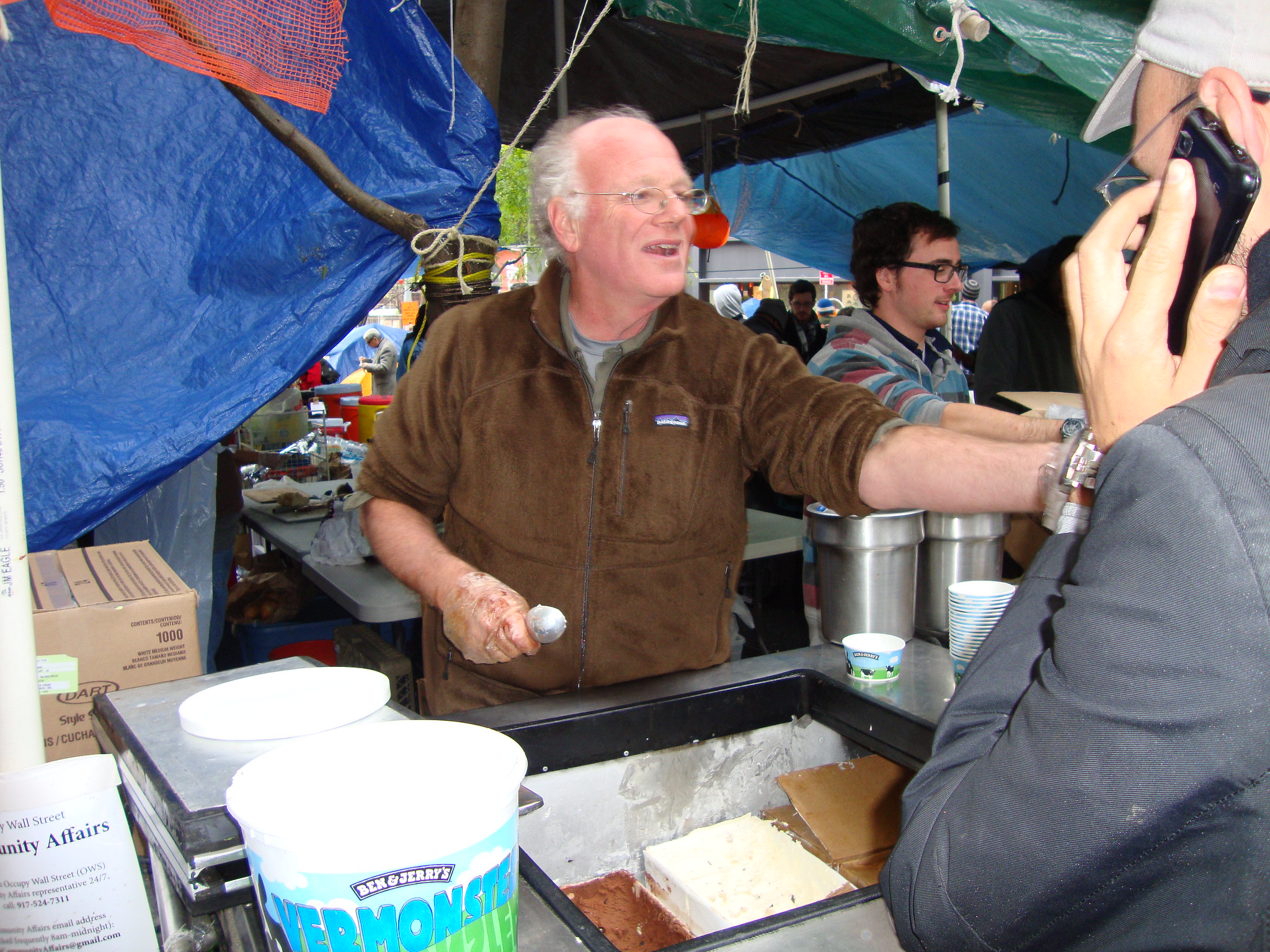The World’s Oldest Pasta Looks Like A Pancake
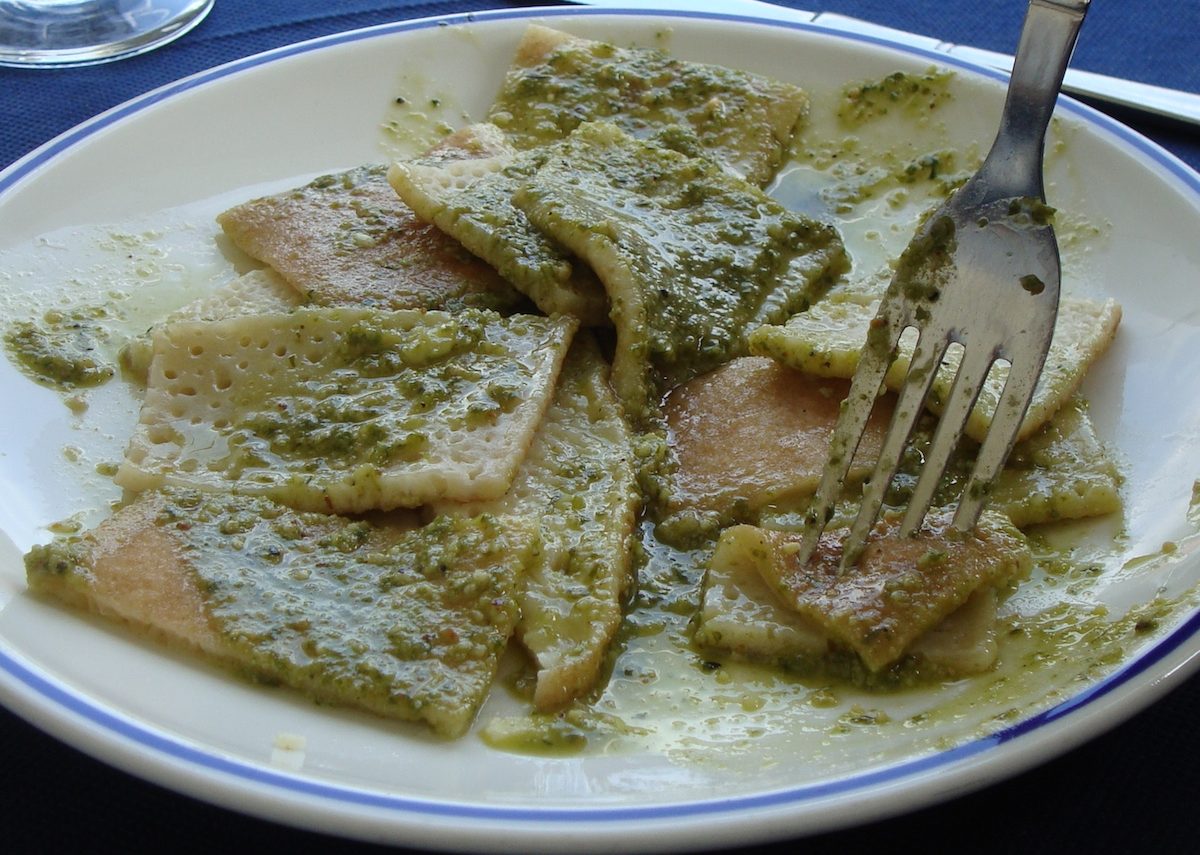
The world of pasta is vast, yet most grocery stores only carry a handful of styles. In fact, there are around 350 distinct types of pasta in the world. Among the many varieties, one particular style predates most—if not all—and that’s testaroli, an ancient, spongy pasta believed to have existed since the Roman Empire.
Created by peasants in Lunigiana, a region located between Tuscany and Liguria, it’s a three-ingredient pasta made with just water, salt, and flour—though in those days, spelt flour was used. Unlike most pastas, which are boiled in pots, testaroli is cooked using a special type of ancient cookware made of terracotta or cast iron.
Called a testo, the pot is round with a height similar to a sauté pan or deep skillet. It has two handles on either side and comes with a large, dome-style lid that extends beyond the rim of the pot, complete with a third handle on top. The solid construction, shape, and handles made testi pots perfect for farmers and shepherds who often spent days working in the fields.
What’s most interesting is the look of testaroli—it’s unlike any other pasta. Rather than noodles, it resembles a large pancake. Traditionally, it’s sliced like pizza and topped with the sauce of your choice. In its earliest form, it was served simply with olive oil and cheese, a combination still popular today. Modern variations include tomato and pecorino, ragù, or mushroom sauce, though pesto remains the favorite in Lunigiana.
Unsurprisingly, testaroli isn’t easy to find. While some online retailers sell it, it’s mostly available at select Italian restaurants (Google will be your friend here). The best option, however, might be to make it yourself—it’s possible to substitute a regular cast-iron skillet for a testo and channel your inner 4th-century peasant.


